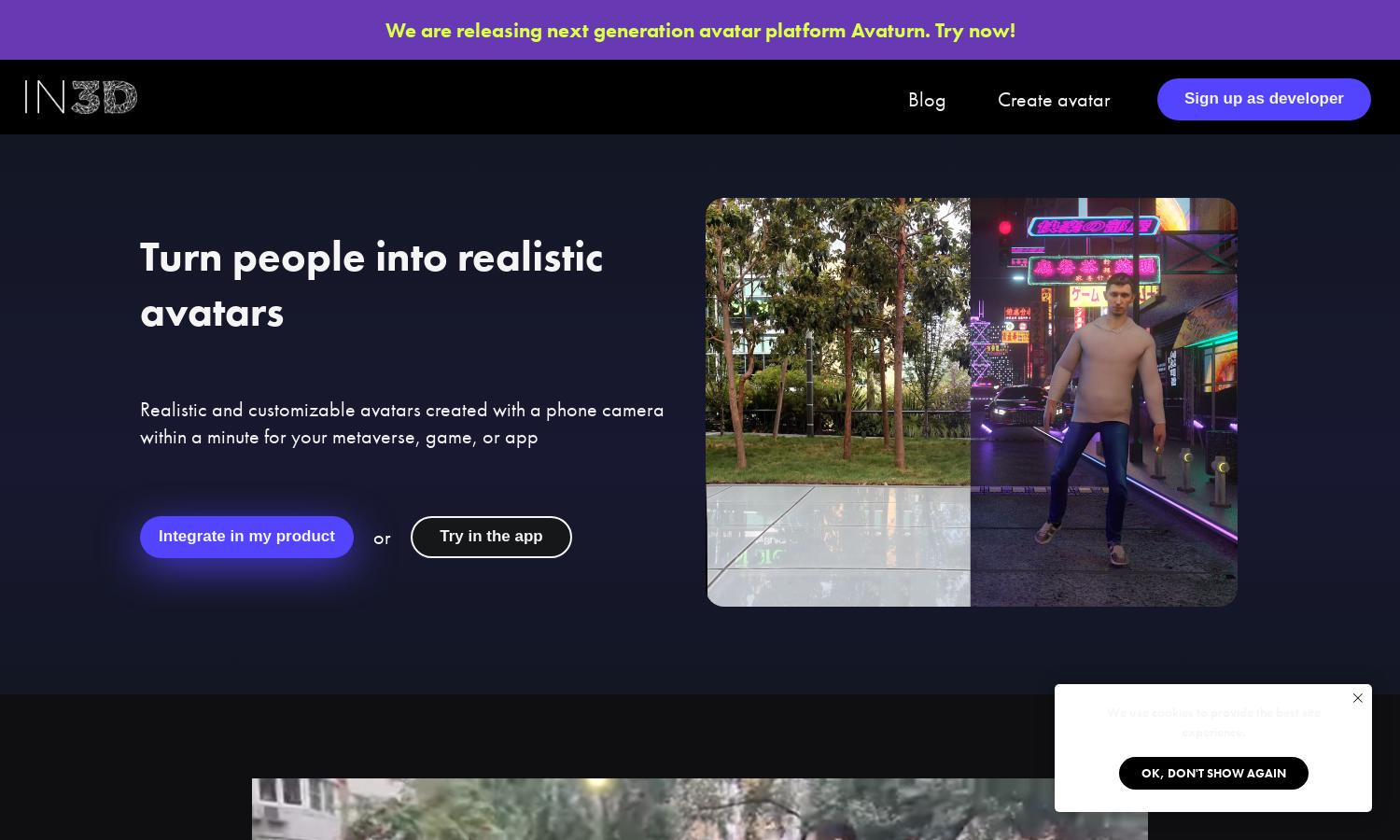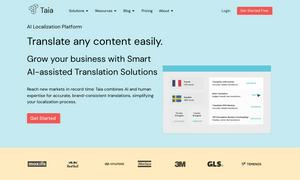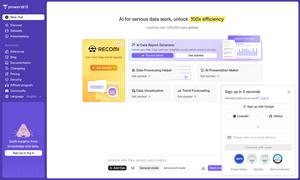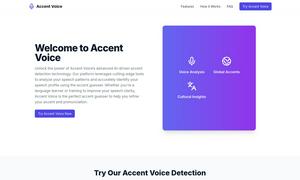
About in3D
in3D is revolutionizing avatar creation for the metaverse by enabling users to transform themselves into realistic, full-body 3D avatars using only a smartphone camera. Targeted at developers and creative professionals, in3D simplifies the avatar integration process with its specialized SDK, enhancing user experience.
in3D offers flexible pricing plans tailored to different needs, ensuring users can access the avatar creation tools that suit them best. Subscriptions include various tiers with special discounts for developers. Upgrading unlocks advanced features, maximizing the potential for user engagement and customization in projects.
The user interface of in3D is designed for seamless interaction, featuring an intuitive layout that simplifies avatar creation. Unique tools guide users through the scanning process, ensuring an engaging experience. The clean design, alongside powerful functionality, makes in3D accessible and efficient for all users.
How in3D works
Users start by downloading the in3D app and setting up an account. The onboarding process guides them through capturing their full body scan using the phone camera. After scanning, users can customize their avatars, utilizing the SDK to integrate their 3D creations into various applications and games seamlessly.
Key Features for in3D
Realistic Avatar Creation
in3D's standout feature is its ability to create photorealistic 3D avatars quickly using just a smartphone camera. This innovative technology empowers users to capture their likeness in minutes, streamlining the process and making it accessible for casual users and developers alike.
SDK Integration
The in3D avatar SDK allows developers to seamlessly integrate realistic avatars into their applications, providing a unique customization experience for end-users. This feature enhances engagement within games, apps, and metaverse platforms, allowing for dynamic user interaction and personalized content.
Cross-Platform Export
in3D offers cross-platform export features, enabling users to export their 3D avatars in formats like FBX, GLB, and USDZ. This flexibility ensures compatibility with popular development environments like Unreal Engine and Unity, making it easier to incorporate avatars into diverse projects.
You may also like:








